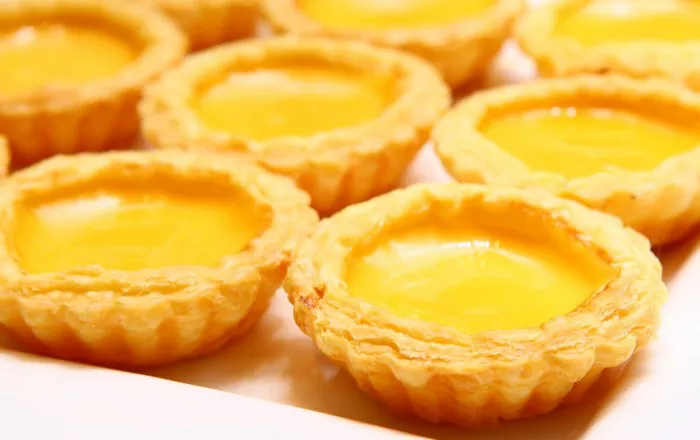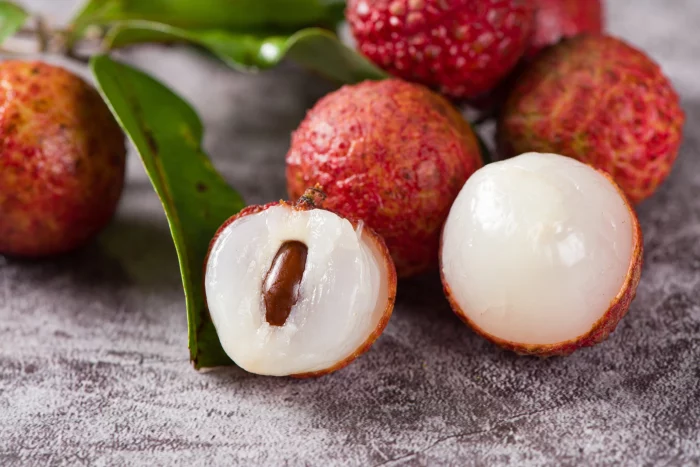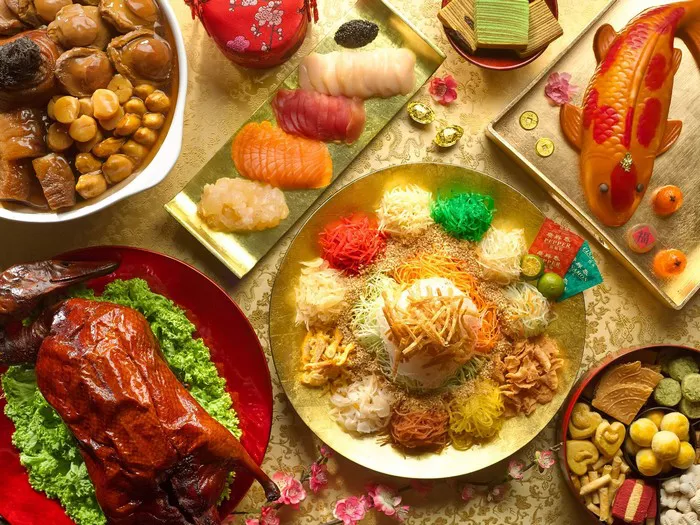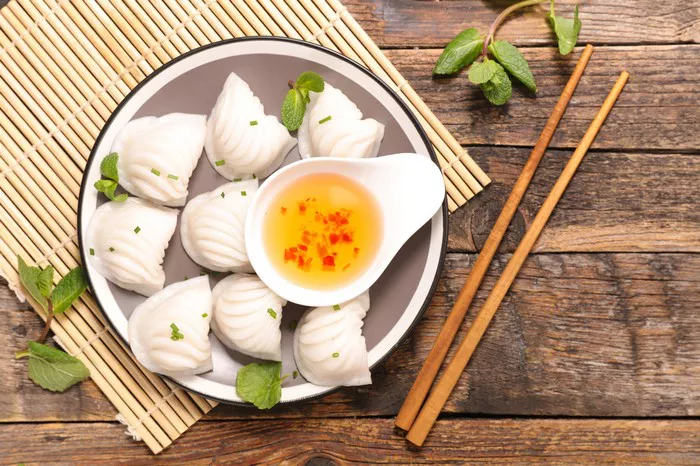Eggs play a crucial role in baking, providing structure, moisture, and texture to cakes. However, for individuals following a vegan diet, having egg allergies, or simply running out of eggs, finding suitable replacements becomes necessary. The good news is that there are several effective and delicious alternatives to eggs that can be used in cakes without compromising taste and texture. In this article, we will explore a variety of egg substitutes that work well in cakes, allowing you to enjoy your favorite baked goods without eggs.
Understanding the Role of Eggs in Cake Baking
Eggs serve multiple purposes in cake baking, contributing to the overall structure and texture of the final product. They act as binders, helping to hold the ingredients together. Eggs also provide moisture, add richness, and contribute to the rise and leavening of the cake. The proteins in eggs coagulate during baking, creating a stable structure.
Choosing the Right Egg Substitute
When choosing an egg substitute for your cake recipe, consider the function that eggs perform in the recipe. Depending on the desired outcome, different substitutes may be more suitable. Here are some common egg substitutes to consider:
1. Applesauce
Applesauce is a popular and widely used egg substitute in baking. It adds moisture to the cake while binding the ingredients together. Use unsweetened applesauce to avoid adding unnecessary sweetness. Replace each egg with ¼ cup of applesauce for best results.
2. Mashed Banana
Mashed bananas are a great alternative to eggs, particularly in recipes that require a dense and moist texture. They work well in recipes for banana bread or chocolate cakes. Use one ripe mashed banana as a substitute for each egg in the recipe.
3. Yogurt or Silken Tofu
Yogurt and silken tofu can both be used as egg replacements in cakes. They add moisture and contribute to the structure of the cake. Use ¼ cup of plain yogurt or mashed silken tofu to replace each egg.
4. Buttermilk or Vinegar and Baking Powder
In recipes that require a lighter and fluffier texture, you can use buttermilk or create a substitute using vinegar and baking powder. To make a buttermilk substitute, combine 1 tablespoon of vinegar or lemon juice with enough dairy or plant-based milk to make 1 cup. Let it sit for a few minutes until it curdles, then use ¼ cup of the mixture per egg. Alternatively, mix 1 tablespoon of vinegar or lemon juice with 1 teaspoon of baking powder for each egg in the recipe.
5. Carbonated Water or Soda Water
Carbonated water or soda water can be used to add lightness and moisture to cakes. It helps create a tender crumb without the need for eggs. Use ¼ cup of carbonated water or soda water per egg in the recipe.
6. Flaxseed Meal or Chia Seeds
Flaxseed meal and chia seeds can be used as a binding agent in place of eggs. They provide healthy fats and fiber while adding structure to the cake. Mix 1 tablespoon of ground flaxseed meal or chia seeds with 3 tablespoons of water and let it sit for a few minutes until it thickens. Use this mixture as a substitute for each egg.
7. Commercial Egg Replacers
Commercial egg replacers are available in most grocery stores and are specifically designed to replace eggs in baking. These products are typically made from a combination of starches and leavening agents. Follow the instructions on the package to determine the correct amount to use as a substitute for eggs in your cake recipe.
Considerations for Using Egg Substitutes
While egg substitutes can work well in most cake recipes, it’s important to keep a few considerations in mind:
Texture: Egg substitutes may slightly alter the texture of the final cake compared to the texture achieved with eggs. The cake may be slightly denser or have a different crumb structure, but it should still be delicious.
Rise and Leavening: Some egg substitutes may not provide as much leavening or rise to the cake as eggs do. If your recipe calls for additional leavening agents such as baking powder or baking soda, you may need to adjust the quantities to compensate.
Flavor: Some egg substitutes, like applesauce or mashed bananas, can add their own flavors to the cake. Consider how the substitute may interact with the other ingredients and adjust the flavors accordingly.
Experimentation: Baking is a science, and experimentation may be necessary to find the best egg substitute for your specific recipe. Don’t be afraid to try different options and adjust the measurements based on your preferences and desired outcome.
Tips for Successful Egg-Free Baking
To ensure successful egg-free baking, consider the following tips:
Read the Recipe: Carefully read through the recipe instructions and identify the specific function that eggs serve. This will help you choose the most appropriate egg substitute.
Test the Substitute: Before making a large cake, consider testing the chosen egg substitute in a smaller batch or a single cupcake. This will allow you to evaluate the results and make any necessary adjustments before baking a full-size cake.
Mix Well: When using egg substitutes, make sure to mix the batter thoroughly to ensure that the ingredients are well incorporated and the substitute is evenly distributed.
Baking Time: Keep an eye on the baking time. Since egg substitutes can affect the texture and moisture content of the cake, it’s possible that the baking time may vary slightly. Check for doneness by using a toothpick or cake tester inserted into the center of the cake. If it comes out clean or with a few moist crumbs, the cake is ready.
Be Open to Variations: Egg substitutes can offer unique flavors and textures to your cakes. Embrace the variations and enjoy the creativity they bring to your baking.
Conclusion
Egg-free baking doesn’t mean sacrificing delicious cakes. By using suitable substitutes like applesauce, mashed bananas, yogurt, tofu, flaxseed meal, or commercial egg replacers, you can achieve tasty and satisfying results. Experiment with different substitutes, adjust the measurements, and consider the specific requirements of your recipe to find the best option for your desired outcome. With a little creativity and exploration, you can continue to enjoy a wide variety of cakes and baked treats without the need for eggs.






















